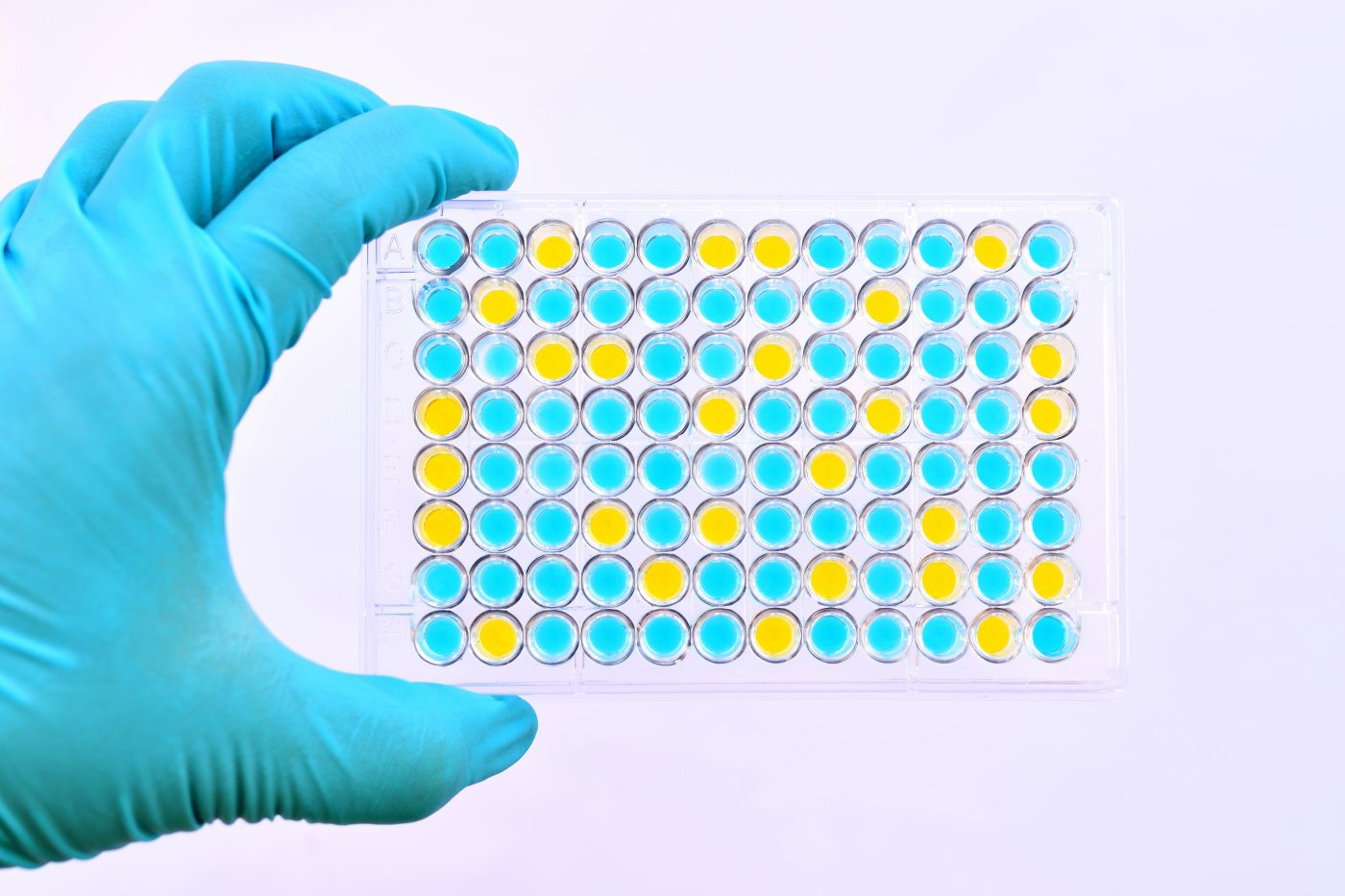New Way of Diagnosing SLE and Predicting Its Course Better Than Existing Tests, Study Says

A new test looking at the presence of 26 autoantibodies — antibodies targeting a person’s own healthy proteins — is better at diagnosing systemic lupus erythematosus (SLE) and predicting its course than conventional ones, a study shows.
The test was developed using several newly identified autoantibodies for SLE, and groups patients into one of four clusters associated with distinct disease manifestations. This could help physicians design more tailored approaches for a particular patient.
The study, “Autoantibodies targeting TLR and SMAD pathways define new subgroups in systemic lupus erythematosus,” was published in the Journal of Autoimmunity.
While first discovered in 1957, tests targeting anti-nuclear antibodies (ANA) and anti-double-stranded DNA (dsDNA) are still the primary way of diagnosing SLE. Many new SLE-associated autoantibodies (self-antibodies) have been described to date, but none has shown better diagnostic accuracy than conventional ANA and dsDNA tests.
Tests called microarrays have been conducted on a large scale to detect autoantibodies in cancer and other diseases, but have only identified a single SLE autoantibody.
Microarrays are laboratory tools that track the interactions of proteins. A main advantage is that they can test hundreds to thousands of proteins at the same time.
Now, researchers developed a new protein microarray, one composed of 1,543 distinct proteins known to participate in lupus and other diseases. Using a patient’s blood sample, researchers would be able to identify proteins that targeted by autoantibodies.
Using samples from a cohort of British and American SLE patients, the team discovered 68 novel autoantibodies in SLE, and 11 previously established autoantibodies.
A bioinformatics analysis then showed that SLE patients could be divided into four subgroups depending on their autoantibodies. Each cluster targeted proteins with similar functional characteristics and predicted different patterns of organ involvement — including arthritis, pulmonary, renal, and neurological manifestations.
Researchers then tested if these novel autoantibodies could be used to diagnose SLE patients. After reducing the list to the 26 most relevant autoantibodies — comprised of antibodies from each of the four SLE clusters — they developed a test with better diagnostic accuracy than conventional antibody assays.
Also, because the test included antibodies from all four clusters, researchers were able to predict which organs would be affected by the disease, which could lead to more tailored treatment strategies.
“These data suggest that the novel SLE autoantibody clusters may be of prognostic utility for predicting organ involvement in SLE patients and for stratifying SLE patients for specific therapies,” the investigators conclude.






